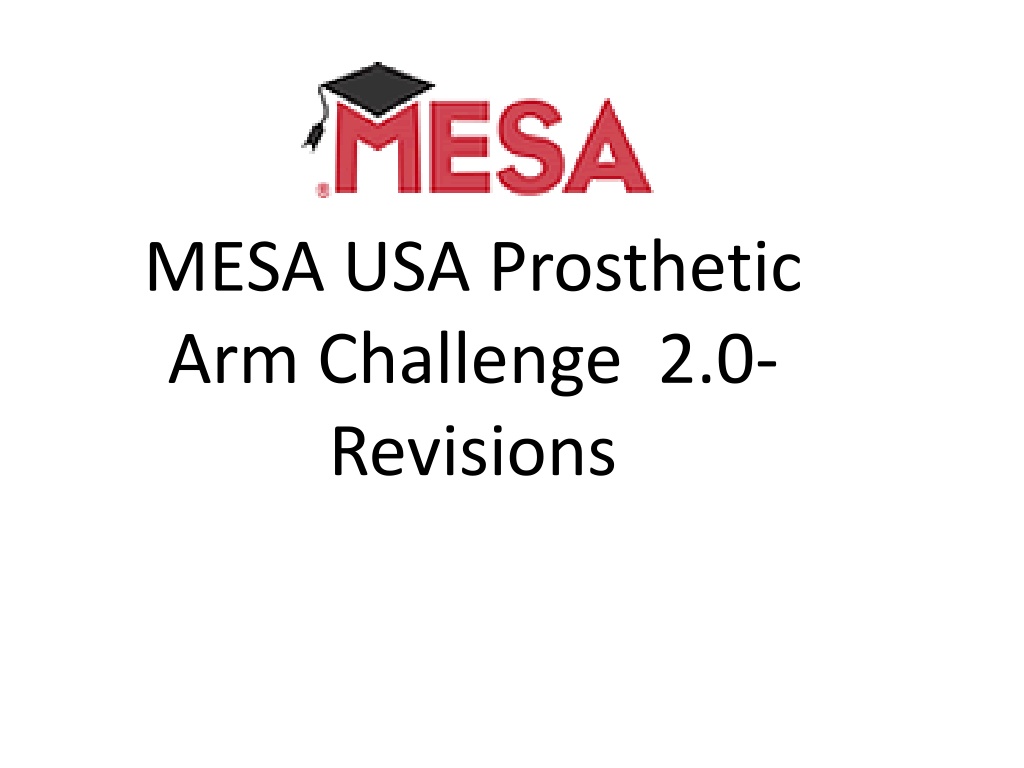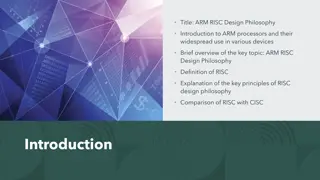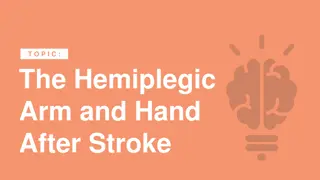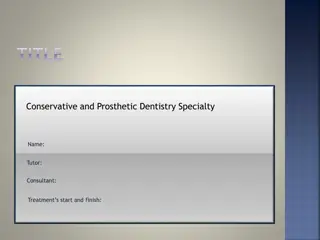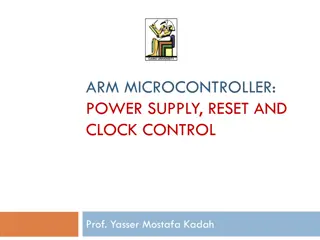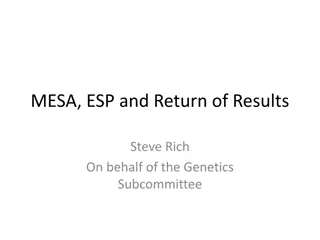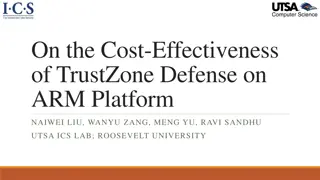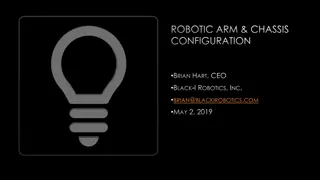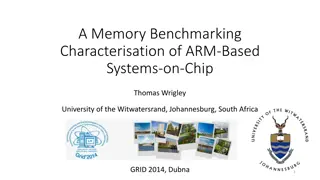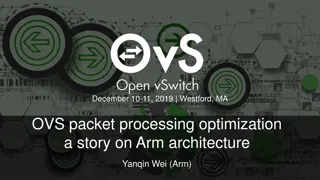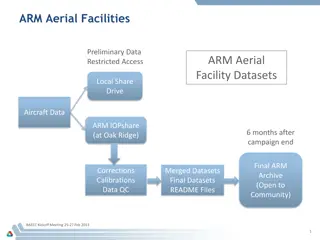MESA USA Prosthetic Arm Challenge 2.0 Revisions
The MESA USA Prosthetic Arm Challenge 2.0 promotes innovation in prosthetic arm design. Teams must create devices with specific functionalities using Arduino programming. General rules outline device requirements and team restrictions. Challenges include distance accuracy and object relocation tasks. Participants must adhere to guidelines for fair competition.
Download Presentation

Please find below an Image/Link to download the presentation.
The content on the website is provided AS IS for your information and personal use only. It may not be sold, licensed, or shared on other websites without obtaining consent from the author.If you encounter any issues during the download, it is possible that the publisher has removed the file from their server.
You are allowed to download the files provided on this website for personal or commercial use, subject to the condition that they are used lawfully. All files are the property of their respective owners.
The content on the website is provided AS IS for your information and personal use only. It may not be sold, licensed, or shared on other websites without obtaining consent from the author.
E N D
Presentation Transcript
MESA USA Prosthetic Arm Challenge 2.0- Revisions
GENERAL RULES 1. The device must have at least two artificial fingers which: MUST open and close MUST grab and release the specific objects for each task. Teams may NOT use any other part of the prosthetic arm or parts of their own hand, wrist or arm to grab or release the specific objects. MUST be controlled by Arduino programming and components. 2. Participating team members must have their wrist, hand and fingers immobilized for the tasks to simulate an amputated arm. The immobilization must be separate from the device, to ensure that the device is not controlled be the hand, wrist or fingers . The team will determine their own method for immobilization and must demonstrate this for the judges during specification check and impound.
GENERAL RULES (cont.) 3. Team members may use their unencumbered hand to activate Arduino components, or to hold the Bucket, Crate or Dexterity Device during the tasks. 4. Teams MUST complete the provided itemized budget sheet for their device and MUST provide documentation to support the prices listed. 5. Teams that do not conform to the General Rules will NOT be allowed to compete in the device performance, thus resulting in zero points for the device performance.
DISTANCE ACCURACY 1. Now using 12 beanbags 2. Step pyramid shaped target 3. No longer a relay, only one team member during each trial 4. Different team member each trial 5. 1 minute time limit 6. Time ends when: The team may call the end of the trial after any 3 (three) beanbags have been accurately tossed onto the target. One minute has passed 7. No deduction for beanbags left in the bucket 8. Bonus for higher numbers thrown in
OBJECT RELOCATION 1. Table divided into 3 equal areas approx. 60 cm each, end areas are TASK AREAS and CENTER IS THE VOID. One task area will be divided into 2 equal areas of approximately 60 cm x 37 xcm. One is the Starting area and the other is the Finishing area. OBJECTS 1 each composition notebook, 12 ruler, roll of masking tape, Pack of 100 index cards, empty .5 L bottle of water, hacky sack, unsharpened #2 Pencil, CD or DVD. In addition: 2 unidentified items that will vary in size no heavier than 500 grams. Objective is to place items in the milk crate as fast as possible and then take them out again as fast as possible 2. 3. 4. 5.
OBJECT RELOCATION (cont.) 6. Objects can only be taken over and back one at a time 7. Contestants unable to reach into crate may use a stool that they must provide themselves 8. Time: max 1 minute per trial 9. Different team member each trial 10. During the task, the team member will place the items into the container by lifting them only with the prosthetic device, carrying them over the Void and placing the item into the designated container 11. Items that are dropped in the Void , outside the container or on the floor cannot be re-attempted. A penalty equal to the point value of the object will be assessed.
OBJECT RELOCATION (cont.) 12. The trial will end when any of the following occur: The team may call time after and only after at least 5 items have been placed in the finishing area. The team may signal the end of the trial by calling out done or time . If the team is unable to move at least 5 objects in to the Finishing area they will be given the full time. Or the judge will call time after one minute has passed. 13. Any item held by the device when time is called will not count as an item returned to Task Area. 14. Any item broken will not count as an item placed into the container. These items will be assessed a penalty for scoring purposes. 15. The judge will record the time needed to complete the task and the objects correctly placed in the finishing area. 16. The team s score will equal the trial time plus any penalties.
OBJECT RELOCATION (cont.) VALUE OF OBJECTS 5 points index cards, masking tape 10 points notebook, empty .5L water bottle 15 points hacky sack, 12 ruler 20 points pencil, cd/dvd 25 points unidentified objects
DEXTERITY 1. Time: 2 minutes per trial 2. The nut will be tightened using the Prosthetic, NO WRENCHES 3. At the end of time, digital calipers will be used to measure hex nut progress. Measurement will be made from the bottom of the hex nut to the bottom of the bolt 4. The testing board may be set at any angle for inserting the bolt but must remain in the testing area and the base must remain on the table.
DEXTERITY (cont) 5. Time will be marked when called by the team member or when time lapses. Time can only be called after all 3 (three) hex bolts have been secured 6. Time will be measured in seconds (s). Full time will be given to teams that have not secured all 3 nuts on their corresponding bolts. 7. If a nut or bolt is dropped it may be picked up by the prosthetic or non-prosthetic hand and placed on the table outside the Testing Device Area to attempt again. If the item is not able to be placed on the table to try again, the trial will stop and a score will be given for what has been completed with a full trial time of 2 minutes
